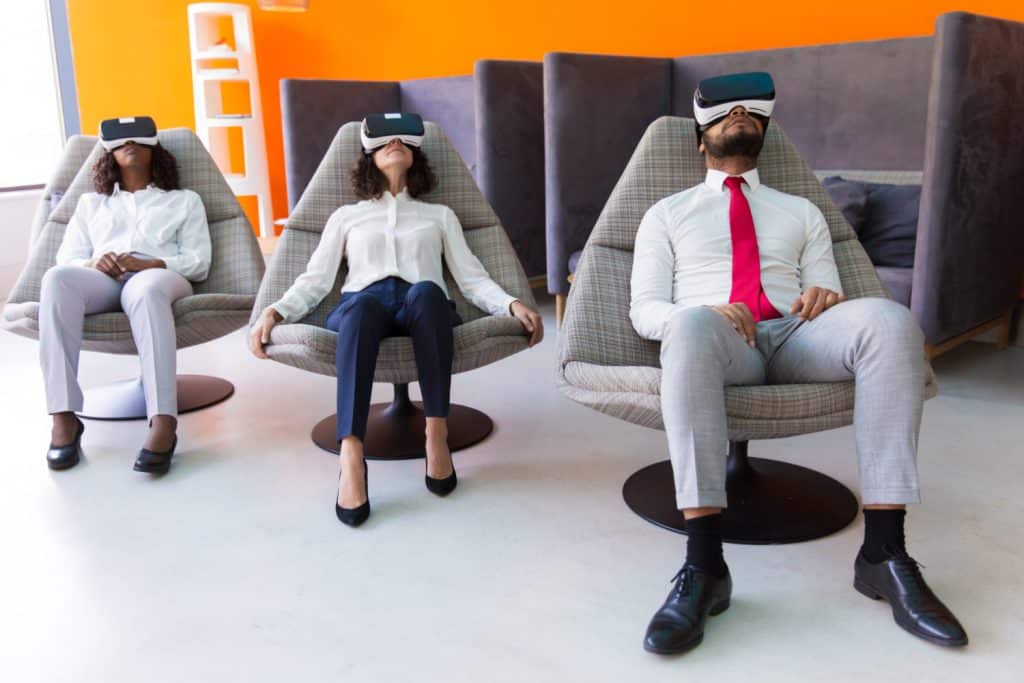Immerse Yourself: The Impact of Virtual Reality on Journalism
Welcome to the next frontier of storytelling! In this blog post, we’ll explore the fascinating world of virtual reality (VR) and its revolutionary role in journalism. So, grab your VR headset and explore how this cutting-edge technology is reshaping how we experience and interact with news.
Breaking Boundaries with VR Journalism
Imagine being transported to the heart of a breaking news event or stepping into the shoes of a journalist reporting from a distant land – all from the comfort of your own home. That’s the power of VR journalism. By combining immersive visuals, spatial audio, and interactive elements, VR experiences allow audiences to become active participants in storytelling.
The Power of Immersion
One of VR journalism’s key strengths is its ability to create a sense of presence and immersion like never before. Instead of passively consuming news stories on a screen, users are fully immersed in the environment, feeling as though they’re on the frontlines of the action. This level of immersion fosters empathy, understanding, and emotional engagement, making stories more impactful and memorable.
Beyond the Headlines
But VR journalism isn’t just about delivering the news – it’s about providing context, perspective, and depth to stories that traditional media formats can’t always capture. Whether exploring the aftermath of a natural disaster, delving into the complexities of a global issue, or shedding light on underreported stories, VR allows journalists to transport audiences to places they might never otherwise have access to.
Empowering Audiences
One of the most exciting aspects of VR journalism is its potential to empower audiences to explore stories at their own pace and from multiple perspectives. With interactive features like branching narratives and 360-degree video, users can choose their path through a story, diving deeper into areas that interest them most and gaining a more nuanced understanding of complex issues.
Challenges and Opportunities
Of course, like any emerging technology, VR journalism comes with its own set of challenges. Journalists and media organizations must navigate a rapidly evolving landscape from technical limitations to ethical considerations. But with these challenges also come opportunities—to experiment with new storytelling techniques, reach new audiences, and push the boundaries of what’s possible in journalism.
The Future of Journalism
As we look to the future, one thing is clear: VR has the potential to revolutionize the way we consume news and information. From immersive documentaries to interactive news experiences, the possibilities are endless. And as technology continues to evolve, so will the ways we tell and experience stories.
Conclusion
In conclusion, virtual reality is not just a tool for entertainment – it’s a powerful tool for journalism, offering new ways to inform, educate, and engage audiences. So, whether you’re a journalist, a news consumer, or simply curious about the future of storytelling, keep an eye on VR – because journalism is looking more immersive than ever.
So, dear readers of Magque, get ready to step into the story like never before. With VR journalism, the world is truly at your fingertips – or should we say, at the tips of your VR gloves?
Read Also:




















